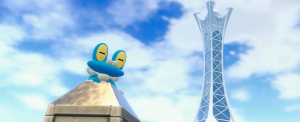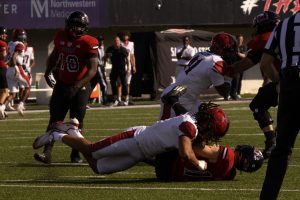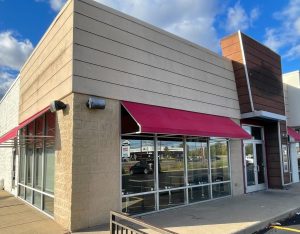NIU baseball looks for light switch
May 1, 2008
When one walks to Ralph McKinzie Field, all the amenities of a normal ballpark are there.
Dugouts, bleachers, bullpens, a press box – the Huskies have everything. Everything, that is, except one thing. There are no lights at the ballpark, making it impossible for the Huskies to play night games.
It’s not just this way at NIU, however, as most MAC schools don’t feature lights. This is due to constraints within budgets for non-revenue sports like baseball. In order to upgrade facilities, teams try to raise money in numerous ways, including collecting donations and hosting high school teams at the field.
“It might be as short-term as meeting with donors and getting them excited about the project,” associate athletics director Dee Abrahamson said. “Some of our teams have done long-term projects, whether it’s selling raffle tickets or using their camp money.”
Baseball isn’t the only sport trying to raise money.
“Baseball probably does better than most of our other sports in terms of demand for people who want to play on McKinzie Field,” Abrahamson said. “We can rent the facility out, and all the money from that rental stays in that facility account to help enhance it.”
Eastern Michigan, Buffalo, Ohio and Toledo are the only MAC schools with lights. Western Michigan is in the process of renovating its stadium, and lights are on the table as part of the project.
The Broncos are using a seat-naming program in order to raise money, according to the school’s Athletic Department’s Web site. Fans can pay $1,000 to put their name on the back of a seat, which would be reserved for them at each game.
Kent State opened a new stadium in 2005, and the school hopes to add lighting in the future.
“We hope to get them in a year or two; we’re in the process of raising money,” said Scott Stricklin, Kent State’s baseball coach . “When you’re a non-revenue sport, you’ve got to raise the money yourself.”
Numerous improvements have been made to Ralph McKinzie Field since head coach Ed Mathey took over the Huskie baseball program in 2003. These improvements include painting the outfield fence, rebuilding the dugouts and putting in a new infield.
Mathey said he would welcome the addition of lights, but it wouldn’t necessarily be at the top of his wish list.
“It would be something to consider,” he said. “It would give us a little bit more opportunity to play some night games at the end of spring. It would give us a little bit more opportunity to have some fall practices in the evening.
“If we’re going to commit that type of money, I would like to see them do something with our playing surface,” Mathey said. “I think something along the lines of a fieldturf situation, like our football stadium has.”
Lights can have many advantages, such as bigger crowds. Ohio drew 628 fans for a Tuesday night game on April 8, while averaging only 365 fans for day games during a weekend series on April 12-13.
“There’s no question that attendance is much better at night games, especially when the weather is good,” said Jake Boss, baseball coach at Eastern Michigan. EMU installed lights in 2000. “It’s a lot better atmosphere.”
Akron head coach Pat Bangston agreed with Boss about the atmosphere of night games.
“I think baseball was meant to be played under the lights,” Bangston said. “Most of your students are attending class throughout the day. To promote the game of baseball the way it should be, you do need lights.”
Having lights obviously enhances the experience of both players and fans, but fans can still have a good time going out to Ralph McKinzie Field for a Friday afternoon contest.






